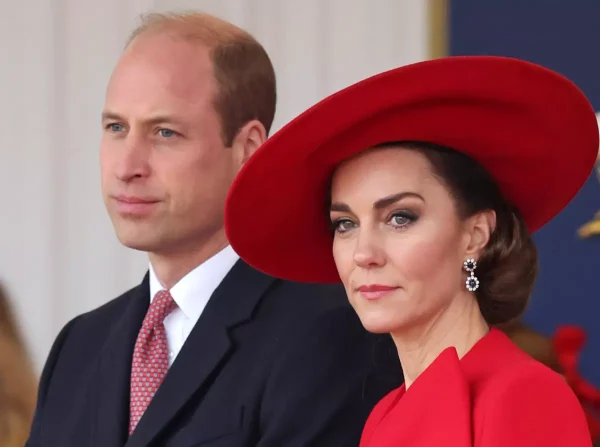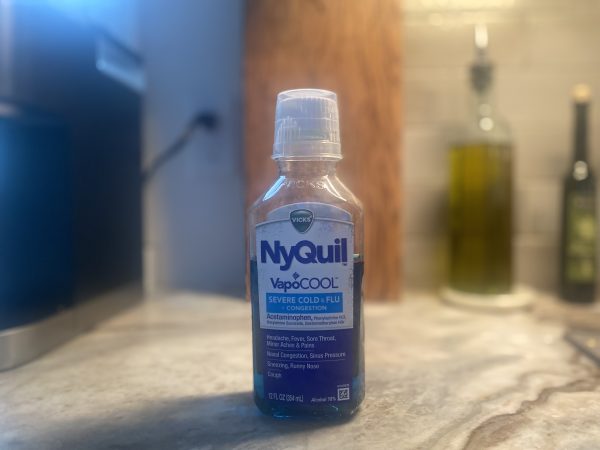The Cost Of Health Care: Pros and Cons To Each System
The U.S. is one of only 33 developed countries that doesn’t offer universal health care for its citizens. With many people unable to afford health care in the U.S., it seems that we should implement universal health care. However, before making this drastic change, it is important to note the different conditions under which each system operates and the approximate 22 percent tax increase for U.S. citizens that would be needed to support it.

Through current health care systems in the U.S., approximately 11 percent of the population is employed, and of government spending, about 24 percent goes into healthcare. However, even this large sum of money is nowhere near enough for everyone to be insured, and in fact, only about 34 percent of the population is covered by public health care insurance. In 2017, one in 50 Americans had out-of-pocket costs in excess of $5,000, and one in 200 had costs over $10,000. An estimated 45 to 47 million Americans don’t even have health coverage. The out-of-pocket costs not covered by insurance can lead to bankruptcies or financial hardships.
Insurance in the U.S. is also discriminatory. In the U.S., minorities like African Americans are more likely to be living in poverty, Hispanics are the most likely to be uninsured, and about three-quarters of the adult Medicaid population are women. This allows for very unequal coverage across not just races, but also genders. This doesn’t occur in other countries with universal health care, as everyone is covered minimally under the same policy. This allows citizens of other countries to go to the doctor more often, such as Japan with an average of 13 visits per year and Germany with an average of 10 visits per year, while the U.S. averages only four visits a year. Through universal health care, governments are also able to control prices through negotiations and regulations, unlike the U.S., which is able to monopolize the industry. Jennifer Hannigan, the mother of a daughter with a chronic disease, states, “I feel when a government controls too much they will determine which treatment to use, which can be detrimental.”
However universal health care does come with some downsides. With universal healthcare, you must pay for other people’s healthcare. Chronic diseases make up 90 percent of healthcare costs, with the sickest 5 percent creating 50 percent of healthcare costs, compared to the healthiest 50 percent of populations only making up 3 percent. This means that many healthy people end up paying a larger portion into healthcare than they are taking out. However, Sarah Rygl, a German teen states, “I would definitely prefer paying taxes for universal healthcare because it feels a lot safer. I’d rather have a guarantee to get treatment and pay for insurance, than not be able to afford one when I need it.”
Universal health care can also lead to long waits for doctors because people can overuse emergency rooms and doctors. Rygl, who even has private insurance states that normal doctor visits can take two weeks to a month for appointment openings.
So while the debate continues over whether universal insurance or private or public health insurance is better, it is important to stay active and eat healthy in order to limit unnecessary doctors visits, and therefore, your health care costs.
Abigael Reilly is in 12th grade. She enjoys listening to music, drawing, traveling, and hanging out with her friends in her free time. She is currently...








